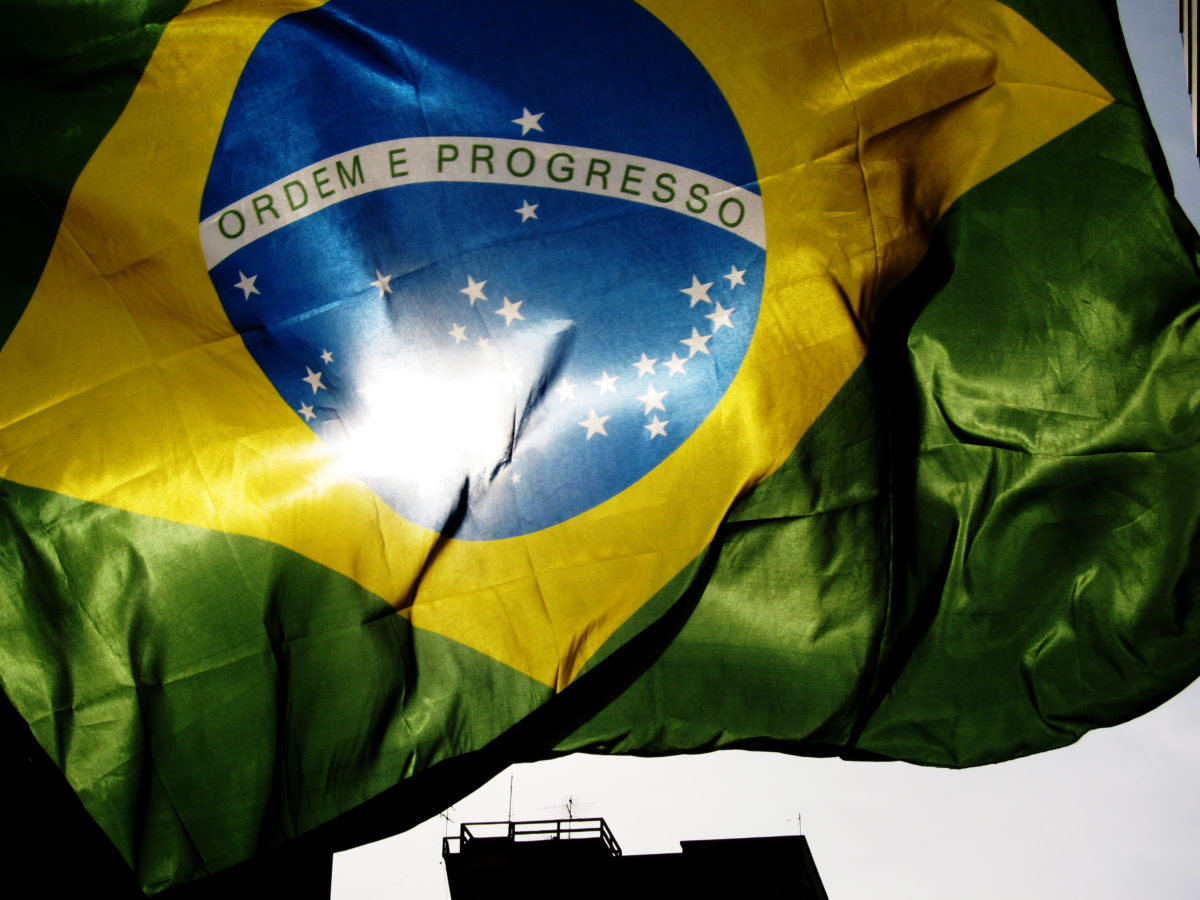Thanks to a clear plan of energy auctions including PV, the Brazilian energy market is currently the only Latin American market which keeps providing steady growth and visibility for the large-scale solar business in the years to come.
Projects for big solar parks, however, are not being planned only for the so-called regulated market in the country. According to the report Grandes Usinas Solares 2020, released by Brazilian consultancy Greener, at the end of November there were around 3.2 GW of unsubsidized solar power projects in advanced stage of development that had already secured permit to start commercial operations.
“These projects were not successful in ANEEL’s auctions, which indicated the high probability that they could be planned for the free energy market,” the CEO of Greener, Marcio Takata, told pv magazine. “It is also interesting to note that their combined capacity has increased significantly from 3.2 GW at the end of November to around 5.5 GW currently,” he also said. “It doesn’t mean, however, that all of the projects with approval for commercial operations have already a PPA, but it also must be remembered that there are several projects with a PPA, for which this approval is still pending,” Takata further explained.
The study revealed that the state of Minas Gerais, which is one of the most industrialized region of the country, has the largest share of the 3.2 GW pipeline with 1.2 GW of planned capacity, followed by the states of Bahia and Ceará with 477 MW and 433 MW, respectively. Furthermore, Sao Paulo and Piauí are seeing each 294 MW of potential unsubsidized under development, while the state of Mato Grosso do Sul has the smallest share of 250 MW.
Moreover, Greener revealed that 99.7% of the pipeline is currently not operational, and that 66% of these projects did not compete in the two auctions that were held by the Brazilian regulator, ANEEL, in 2019. It also said that around 8% of the projects is larger than 50 MW in size and 70% of them have a capacity between 31 MW and 50 MW. The remaining percentage is represented by smaller MW-sized installations.
In June of last year, there was a pipeline of 2 GW of PV projects already being negotiated between project owners and consumers and traders, according to Rodrigo Sauaia, CEO of Brazilian solar energy association ABSOLAR. “There are hundreds of megawatts [of capacity] already signed, with contracts of 10-15 years,” he told pv magazine at the time. “These are international groups behind these projects that can complement large scale projects in the regulated market. In the latter, the advantage is the long-term PPA with the government.”
This content is protected by copyright and may not be reused. If you want to cooperate with us and would like to reuse some of our content, please contact: editors@pv-magazine.com.




2 comments
By submitting this form you agree to pv magazine using your data for the purposes of publishing your comment.
Your personal data will only be disclosed or otherwise transmitted to third parties for the purposes of spam filtering or if this is necessary for technical maintenance of the website. Any other transfer to third parties will not take place unless this is justified on the basis of applicable data protection regulations or if pv magazine is legally obliged to do so.
You may revoke this consent at any time with effect for the future, in which case your personal data will be deleted immediately. Otherwise, your data will be deleted if pv magazine has processed your request or the purpose of data storage is fulfilled.
Further information on data privacy can be found in our Data Protection Policy.